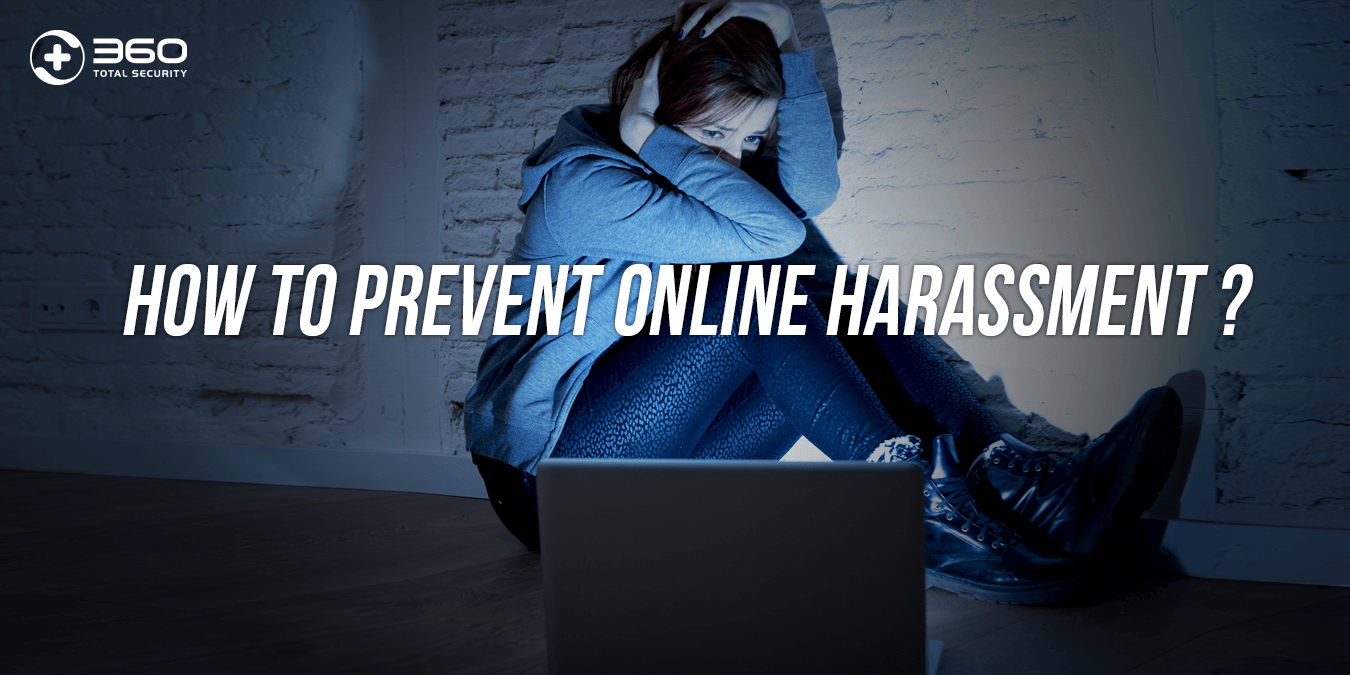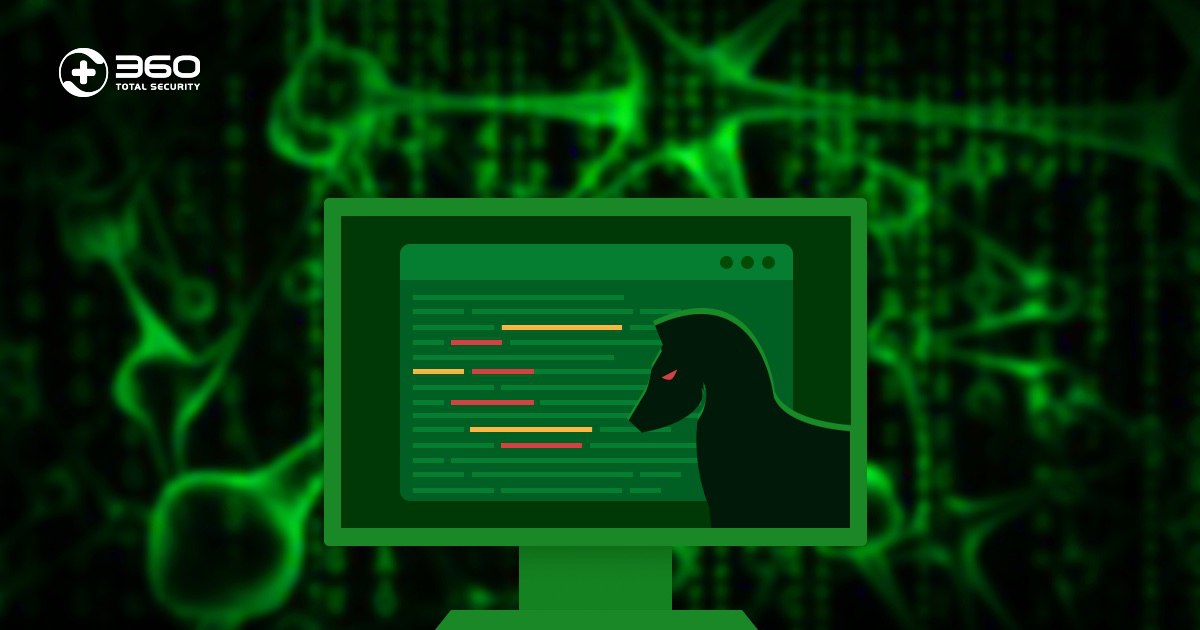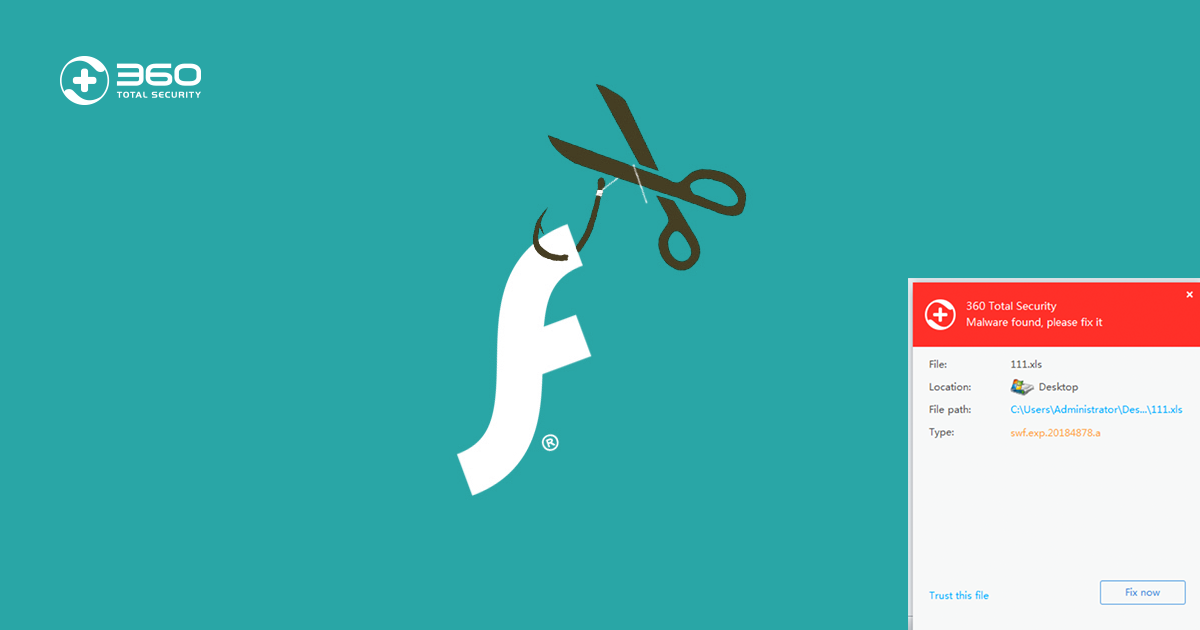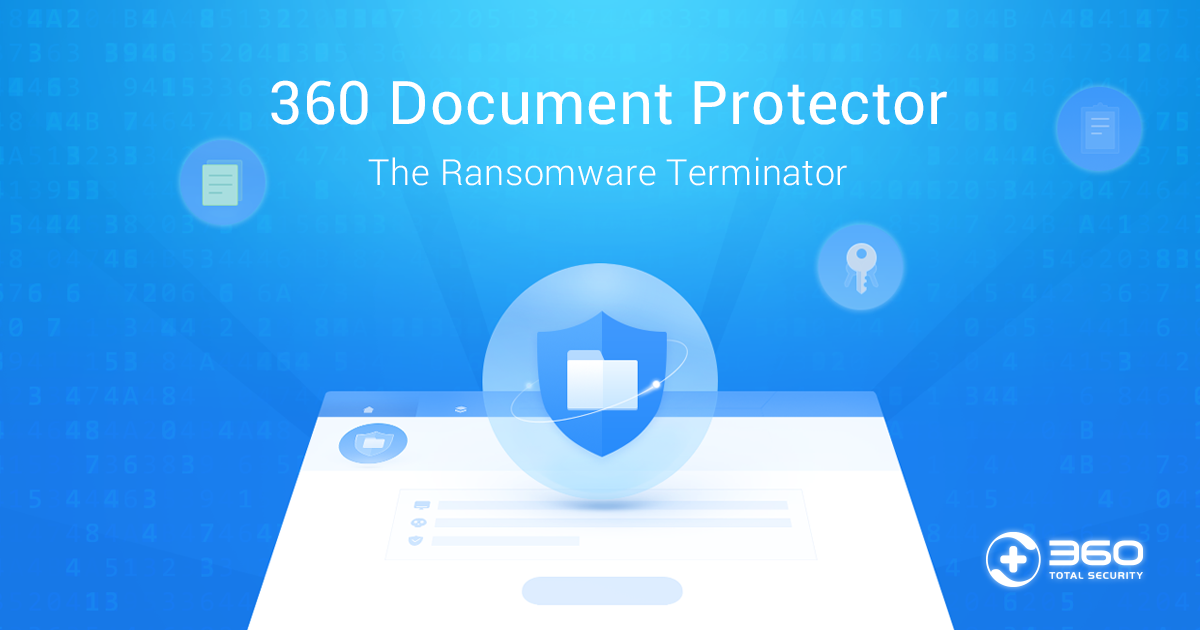
Computer security can involve many different areas. Young people accessing the Internet from computers or mobile devices have important security issues to consider. Your interactions with others online should always be positive. Online harassment and cyberbullying have become prevalent problems, impacting people of many different ages. As you use the Internet to hang out with friends and family, take steps to prevent online harassment.
What is Cyberbullying?
It may help to understand the definition of cyberbullying. Cyberbullying involves the use of technology to harass, embarrass, or hurt other people. A cyberbully might use various platforms to harass, including text messages, emails, or social media. Sometimes, the harassment can be obvious, like hurtful or embarrassing messages. Other times, a cyberbully might use less obvious means to harass others. This type of harassment might involve impersonating someone else with a fake online persona with the intent of embarrassing someone. In this situation, the cyberbully might encourage the sharing of personal information, which the person then leaks to others to create an embarrassing situation.
・Approximately 42 percent of all American kids report being bullied online.
・About 58 percent of American kids admit that they don’t tell an adult when they are cyberbullied.
・Cyberbullying goes both ways: About 53 percent of U.S. kids admit that they have said something mean about someone else online.
Victims of cyberbullying usually have various negative feelings about it. As a victim, you might feel angry, sad, or isolated. It’s common to feel like you don’t have any friends when someone is bullying you online. Some kids react by getting into fights with other people. Other teens turn their anger inward and want to hurt themselves. It’s typical to feel helpless and hopeless, but you can take steps to help yourself and stop cyberbullying. Instead of living in fear or feeling sad all of the time, solve the issue to stop the crime.
How to prevent online harassment?
To prevent online harassment, take care with how you interact with people on the Internet. For the most security, do not share personal information, pictures, or videos with anyone online. Check with your parents or another adult before you upload pictures or videos. Secure your social media accounts with strong passwords and the strongest privacy settings. Avoid using profanity or harsh words with others on the Internet because this may provoke problems with other people. Remember that all conversations, pictures, videos, and information you place on the Internet could potentially be seen by anyone. Even if you delete something later, you cannot completely remove it from the Internet.
・Cyberbullying can involve many different tactics, including impersonation, harassment, trickery, embarrassment, and exclusion.
・A cyberbully is anyone who engages in this behavior to hurt others. Some people may inadvertently assist cyberbullies, too, through actions as simple as laughing or watching without trying to stop a situation.
・Cyberbullying may morph into cyberstalking. Cyberstalking involves following a person around online or even in person with the intent of harassment or harm.
What you can do when faced with cyberbullying?
Anytime you feel uncomfortable or frightened by interactions you have online, tell a parent or another adult about it. Remember, usually, a cyberbully is trying to incite a response from the victim. If you don’t respond, you don’t give the bully the desired reaction. A lack of response might even diffuse the entire situation. Save copies of hurtful exchanges that have occurred on the Internet or in text messages so you can show an adult. Because cyberbullying is a crime, you and your parents might decide to report the situation to your school or the police.
・Some states have passed cyberbullying laws. Other states are in the process of passing new security laws.
・Cyberbullying might be a precursor to more serious behavior in the future.
More References
- Bullying and Harassment Information for Teens (PDF)
- High-Tech Harassment: Understanding and Preventing Cyberbullying (PDF)
- For Teens and Tweens: Cyberbullying
- Kindness and Cruelty on Social Network Sites (PDF)
- Internet Safety Guide for Teens (PDF)
- Cyberbullying Information
- What Is Cyberbullying?
- The Role Kids Play
- Addressing Sexual Harassment With Teens (PDF)
- Teens and Cyberstalking
- Stop Cyberbullying Resource Guide
- Net Cetera: Chatting With Kids About Being Online (PDF)
- Real Crimes in Virtual Worlds (PDF)
- Technology, Teen Dating Violence and Abuse, and Bullying (PDF)
- Dealing With Cyberbullies
- Stalking Victims in the United States (PDF)
- Youth Safety on a Living Internet (PDF)
- High?Tech Stalking (PDF)
- Electronic Media and Youth Violence (PDF)
- Enhancing Child Safety and Online Technologies (PDF)
- A Study on Cyberstalking (PDF)
- Stop Cyberbullying Before it Starts (PDF)
- 5 Ways to Handle and Prevent Cyber-Harassment
- Delete Cyberbullying
- Internet Harassment or Cyberbullying
- Stop Cyberbullying for Kids and Teens
- What Is Cyberbullying?
- Stop Cyberbullying Now
- Cyberbully Zombies Attack!
- Passwords: Simple Ways to Increase Your Security (PDF)
- A Word About Social Networking (PDF)








